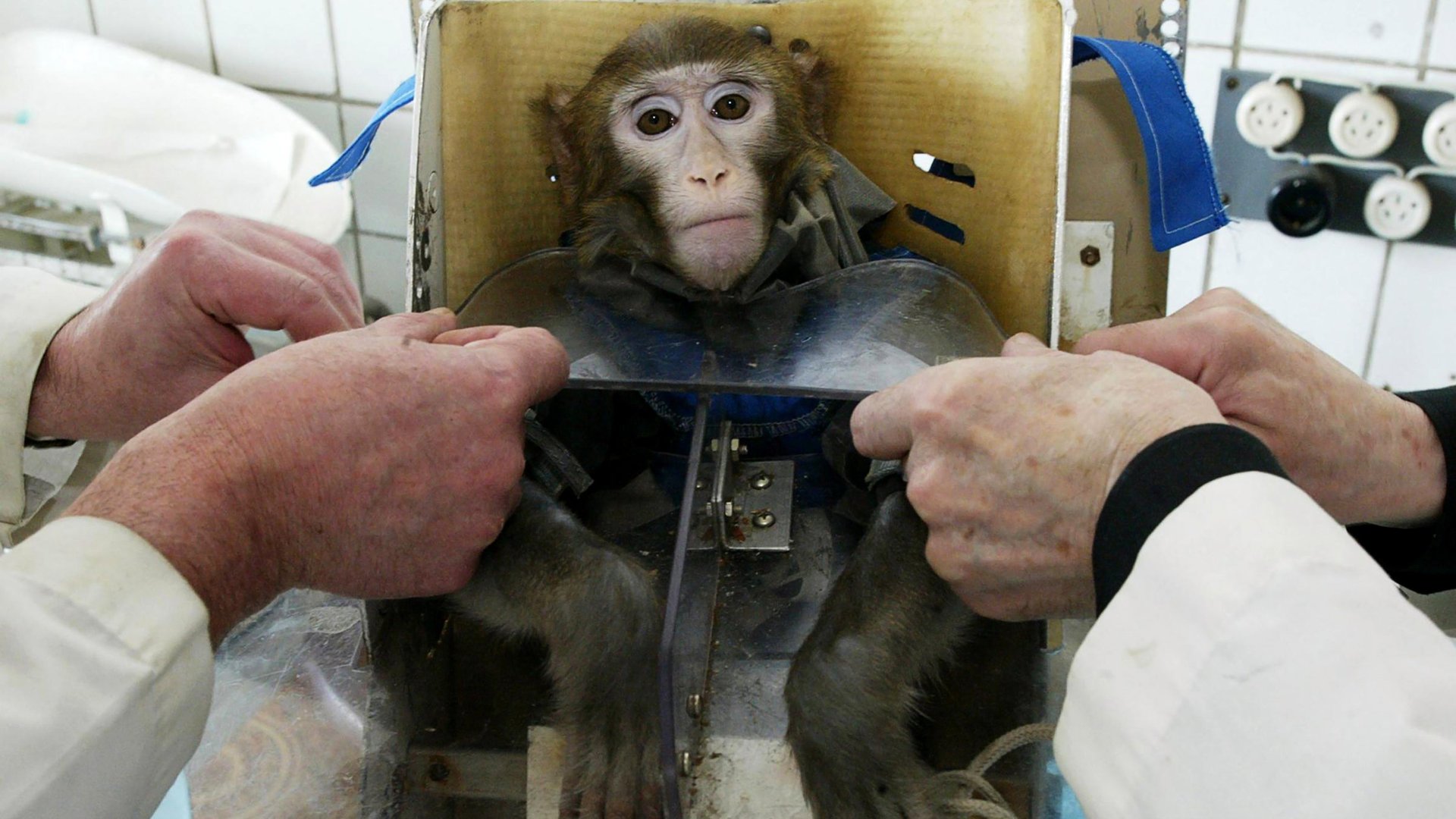Russia sends 45 mice, 15 geckos, and eight gerbils on a long space mission
A little over a week ago, Russian prime minister Vladimir Putin brushed aside rumors that the country was going to abandon its massive space base in Kazakhstan.


A little over a week ago, Russian prime minister Vladimir Putin brushed aside rumors that the country was going to abandon its massive space base in Kazakhstan.
As if to prove his point, Russia used the Kazakh-based launching pad last week to send 45 mice, 15 geckos, eight gerbils and a handful of other small animals into orbit. The experiment is being conducted with NASA.
On the surface, it sounds a bit sinister—sending a colony of little creatures into space—especially following Iran’s failed monkey-manned operation in 2011 and much talked about follow-up earlier this year—but Russia’s month-long mission is more than a mere gut-check for its space program: A team of international scientists on the ground will be monitoring the health of the animals to see how extended periods of time in space might affect astronauts.
Russia is no newbie to animal-centered expeditions; the Soviets sent dogs into space in the early 1950s. But this latest endeavor marks one of the longest endeavors of its kind. NASA’s project manager assigned to the mission, Nicole Rayl, spoke to Space.com about its importance.
The unique nature of this mission is that it’s a 30-day mission, so it’s longer than a lot of the other animal and biological missions we’ve flown. The big importance for us is that we get to compare data from this longer mission with better analytical tools that we have today, [compared] to the missions we’ve flown in the past that were similar but not exactly the same.
Normally, missions like this test for very specific bodily functions, like, say, cardiovascular or digestive health, but this time around the team of scientists will be monitoring each organism in its entirety, using a handful of different health metrics to assess how each of the little creatures is doing on board, Rayl explained.
…we have nine investigators total looking at a whole organism approach to spaceflight. That’s a very exciting development for us, that we’re able to bring so many investigators to the table to really maximize the scientific return from this mission.
With future missions promising to keep humans in space for years, if not decades at a time, animals are likely going to play a key role in preparing astronauts for ever-longer expeditions. NASA certainly acknowledges the life-saving role animals have played in its space program’s development thus far.
While the use of animals in space experiments is not supported by all, the usefulness of animal-led space experiments like the one Russia just launched cannot be understated. NASA insists that the animals should be seen as heros of sorts, albeit unknowing ones. Considering that they all have to be humanely euthanized in order to extract the sought-after health data, the hope is that experiments like these will end up saving scores of human lives.